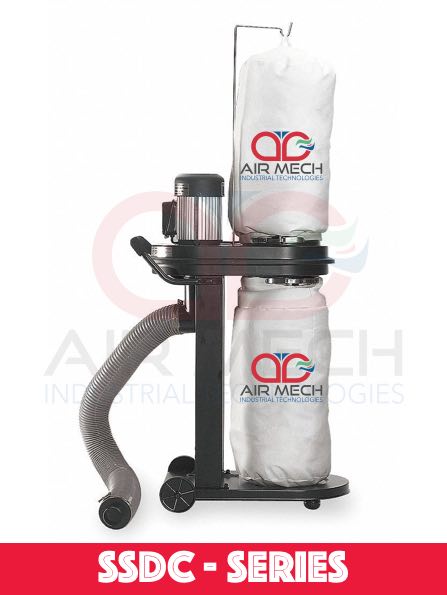What is Combustible Dust?
Combustible dust refers to fine particles that can ignite and explode when suspended in the air in certain concentrations. These particles are often generated during industrial processes such as grinding, sanding, cutting, or handling fine powders. When mixed with air in the right proportions and exposed to an ignition source, combustible dust can result in devastating explosions and fires. Industries that handle materials prone to creating combustible dust, such as woodworking, metalworking, food processing, and chemical manufacturing, must implement proper safety measures to mitigate the risk of explosions and ensure worker safety.
Dangers of Combustible Dust?
Combustible dust poses significant dangers in industrial settings, presenting various risks to both workers and facilities. Some of the key dangers include:
Explosion Hazard: Combustible dust can lead to catastrophic explosions if ignited under the right conditions. These explosions can result in extensive damage to equipment, structures, and surrounding areas, causing injuries or fatalities to workers. Utilizing flameproof blowers and dust collectors, along with spark arrestors, can help mitigate this risk by preventing sparks or flames from igniting the dust.
Fire Risk: Even without an explosion, combustible dust can ignite and cause fires. These fires can spread rapidly, especially in environments where dust accumulates in hard-to-reach areas or ductwork. Implementing flameproof equipment and spark arrestors can reduce the likelihood of ignition sources coming into contact with the dust.
Health Effects: In addition to the immediate risks of explosions and fires, combustible dust exposure can also pose health hazards to workers. Inhaling dust particles can lead to respiratory issues, lung diseases, and other health problems over time. Proper ventilation systems and dust collection equipment, including flameproof options, are essential for minimizing exposure and protecting workers’ health.
Property Damage: Combustible dust explosions and fires can cause significant damage to property, including machinery, buildings, and raw materials. The cleanup and repair costs following such incidents can be substantial. Investing in flameproof equipment and implementing robust preventive measures can help reduce the risk of property damage.
Regulatory Compliance: Many industries are subject to regulations and standards aimed at preventing combustible dust incidents. Failure to comply with these regulations can result in fines, legal action, and reputational damage for businesses. Using flameproof blowers, dust collectors, and spark arrestors can demonstrate compliance with safety regulations and standards.
Work Disruption: Combustible dust incidents can disrupt operations, leading to downtime, production delays, and financial losses for businesses. This disruption can have far-reaching effects on supply chains and customer relationships. Implementing preventive measures such as flameproof equipment can help minimize the risk of work disruption due to dust-related incidents.
Environmental Impact: Dust explosions and fires can also have environmental consequences, such as air and water pollution. Contaminants released during combustion can harm ecosystems and pose risks to wildlife and habitats. Employing flameproof equipment and spark arrestors can mitigate environmental risks by reducing the likelihood of dust ignition and subsequent pollution.
Actions for safety from Combustible Dust?
Overall, the dangers of combustible dust underscore the importance of implementing comprehensive safety measures, including proper dust management, ventilation systems, training programs, and regular inspections, to minimize the risk of incidents and protect workers and facilities. Utilizing flameproof blowers, dust collectors, and spark arrestors is essential for enhancing safety and mitigating the hazards associated with combustible dust.




